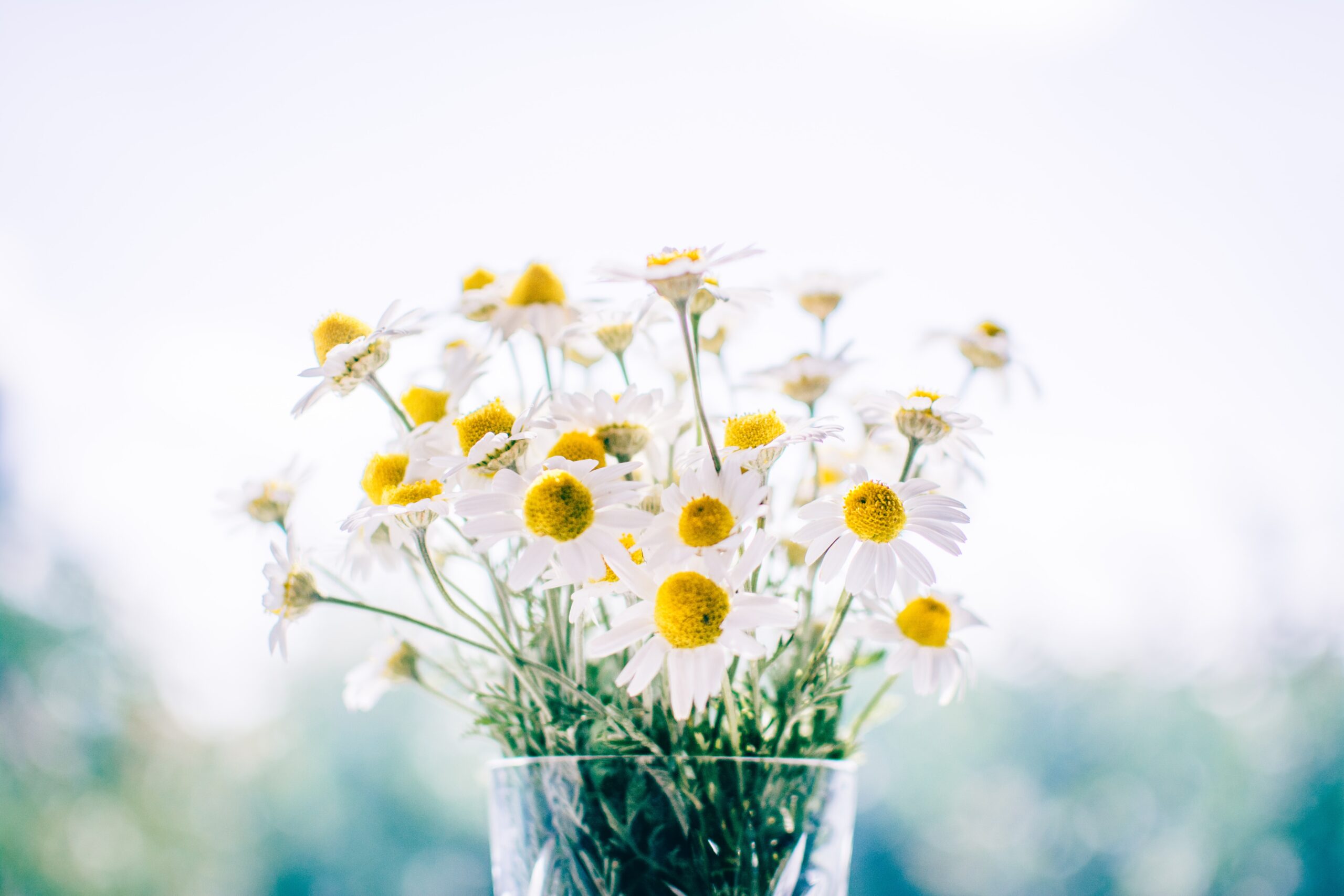As our gardens explode with fresh fruits and vegetables in these late summer months, it is exciting to gather the fruits of our labor and enjoy fresh, beautiful meals. But what about your gorgeous flowers? Are they just there to provide enjoyment and food for the bees, or do they hold health benefits as well?
Traditional medicine has long held to the belief that edible flowers can provide powerful benefits for cardiovascular, metabolic and mental health. This month, we wanted to focus on several common garden flowers and the research supporting their inclusion in a heart-healthy diet and lifestyle.
For centuries, edible flowers have been used both as garnishes on baked goods and in traditional medicine across various cultures. Not all flowers are safe for human consumption, so it is vital to eat only flowers explicitly labeled as edible from reliable sources.
Common edible flowers and their potential health benefits:
- Hibiscus
Hibiscus is perhaps the most well-known of the edible flowers with known cardiovascular benefits, and recent publications have only further supported the health properties of hibiscus. This gorgeous bloom contains several bioactive compounds — such as flavonoids, which have known vasodilatory effects, contributing to improvement in both systolic and diastolic blood pressure. (Journal of Hypertension, 2021 and 2015).Hibiscus is most traditionally consumed in the form of tea, but a number of central American cuisines also incorporate hibiscus flowers in savory dishes such as tacos or quesadillas.
- Chamomile
Chamomile is best known for its calming and sleep-inducing properties. Research has shown us time and time again that adequate sleep duration and quality has profound impacts on both cardiovascular and metabolic health. A 2017 study published in Complementary Therapies in Medicine reported that use of chamomile extract significantly improved sleep quality among older adults, potentially improving health outcomes while reducing or eliminating the need for more dangerous sleep aids.
- Pansies
A review of health benefits of different edible flowers, completed by Lu et al., published in 2016, reported pansies as being high in antioxidants and vitamin C. Pansies may also possess anti-inflammatory properties due to salicylic acid activity (like aspirin).Pansies are best used as colorful garnishes for desserts and salads.
- Dahlias
Dahlias are having a moment, and it makes us love these colorful blooms even more than we did before! A study recently published in the Journal of Medicinal Food (2022) reported an improvement in blood glucose levels with the ingestion of an enzyme (butein) found in the petals of dahlias. The dahlia extract was found to improve insulin sensitivity by reducing brain inflammation and subsequently reduce post-meal blood glucose excursions. Researchers are currently working on extracting the dahlia enzyme into tablet form — ingestion of dahlia petals is not recommended here.Dahlia extract has also recently been reported to potentially lower inflammatory markers, making this a potential alternative tool aid in the prevention and management of cardiovascular disease and metabolic syndromes (Journal of Inflammation Research 2019).
- Lavender
Most of us are familiar with the calming aroma of lavender. Maybe you have used lavender oil in your evening bath or rubbed lavender lotion on your body before bed; the relaxing effect is well acknowledged. However, a 2020 RCT published in Complementary Therapies in Medicine reported that the consumption of lavender tea can reduce depression and anxiety scores, suggesting its utility as a complementary therapy for those suffering from these disorders.
Incorporating edible flowers into your culinary repertoire can add a colorful touch to your meals while also providing potential health benefits. Remember to consume only edible flowers marked specifically for consumption and purchased from reputable sources.
